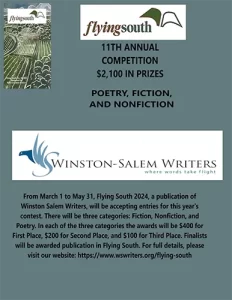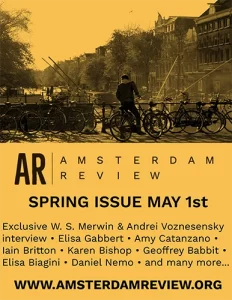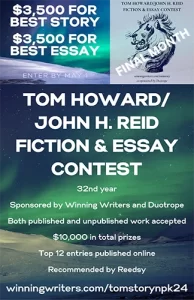River Teeth – Fall 2009
Volume 11 Number 1
Fall 2009
Biannual
Sima Rabinowitz
Editor Daniel W. Lehman says his own stories seem like dreams: “Real-life writing sometimes is that way: the stakes are high; the details sting.” In a world where what constitutes “real” (nonfiction) and invented (fiction) is not merely blurred but often obliterated, the stakes are, indeed, very high. And River Teeth deserves high praise for recognizing and honoring the difficulty of the task and for selecting work that respects readers’ commitment to and on-going interest in the nonfiction enterprise. Alongside the masterful work of well-known prose stylists Rebecca McClanahan (an interview with her also appears in the issue) and Brent Spencer, there are worthwhile essays here by ten other writers.
Editor Daniel W. Lehman says his own stories seem like dreams: “Real-life writing sometimes is that way: the stakes are high; the details sting.” In a world where what constitutes “real” (nonfiction) and invented (fiction) is not merely blurred but often obliterated, the stakes are, indeed, very high. And River Teeth deserves high praise for recognizing and honoring the difficulty of the task and for selecting work that respects readers’ commitment to and on-going interest in the nonfiction enterprise. Alongside the masterful work of well-known prose stylists Rebecca McClanahan (an interview with her also appears in the issue) and Brent Spencer, there are worthwhile essays here by ten other writers.
These essays are marked by appealing and credible voices; competent prose; stories worth sharing; and a decided absence of self-indulgence in the telling. Most have unusually engaging openings. “The Cow” (and this essay is about a cow!) begins: “David Branning starts every morning at 4:30 a.m. with 100 sit-ups, 150 push-ups, half a hoagie from the local deli, a large coffee, and an ibuprofen pill the size of a piece of chalk.” Lehman is right, it’s the details that sting. That half a hoagie! Jill Christman’s essay about the death of her fiancé fifteen years ago and the recent birth of her daughter, “The River Cave,” begins: “In my twenties, many years before my daughter was born, I had a question: in a crazy, dangerous world where wars are fought and children are neglected and starving, in a world where six year-olds are raped and dogs are abandoned in paper bags on highways, in a world where young women want so desperately to be thin they stick their fingers down their throats to purge all that is wrong and bad – in a world like this, can I really have a baby?” Lehman is right again, the stakes are high.
I liked very much an essay by Chris Rose, “Hell and Back,” for its unsentimental honesty, paced just right (“Before I continue this story, I should make a confession.”); Mark Massé’s “Transformer. How a Tough Tragedy Shaped a Journalist’s Mission,” a timely consideration of reporting on the bombing of the Murrah Federal Building in Oklahoma; a grim exploration of the murder of nine men in Cape Town in 2003 by Mark Behr; and Kathy Fagan’s “Autumn,” which can certainly claim the most intriguing opening line of any essay in the volume (maybe in any volume): “I’m writing this quickly – I have to rush out to buy coyote urine.” I won’t spoil the story for you, but I will urge you to read this clever and moving essay.
In Gretchen Clark’s interview with McClanahan which closes the issue, McClanahan describes the nonfiction writer’s job: “to shape the text so that its truth is visible.” River Teeth is visibly wonderful.
[www.riverteethjournal.com]




